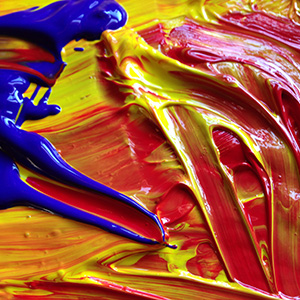Most of my books have simple, practical titles. For example, my book about story dictation is called “Story Dictation.” My book about challenging exceptionally bright children is called (you guessed it) “Challenging Exceptionally Bright Children.” My next book, coming out this summer, describes ten essential play experiences and the working title was, indeed, “Ten Essential Play Experiences.” But the wise folks at Redleaf Press decided we needed a snappier title and I’m very pleased that the book will be called Creating a Beautiful Mess.
The idea for the title was taken from chapter 6, which describes the many pleasures and benefits of messy, sensory play, such as digging in a sandbox, kneading dough, or splashing in a bathtub. Every chapter involves some kind of mess, such as the chapter on building with blocks or the one about running around outside. Childhood is a muddy, sticky, noisy business. The book could just as easily have been called, “Ten Essential Messes.”
As an educator, I especially like the title, “Creating a Beautiful Mess,” because making a mess represents, often both literally and figuratively, a successful and productive learning process. Children need to explore and get dirty in order to learn. That’s the idea behind the current movement in STEM education (science, technology, engineering and math) to create “maker spaces” and “tinker labs” for students to work on projects of their own design. A crazy mess can lead to great discoveries and surprising outcomes. Even as adults we still benefit from making a mess — For proof of this, just look at your kitchen after you’ve created an especially delicious meal.
In early childhood classrooms, children thrive when they have open-ended play experiences using materials like clay and paint. Good teachers welcome a good mess and know that children will learn and grow from these experiences. But, in contrast, we also know that young children need order and stability. They need predictable routines to help them feel safe and secure. The creation of their beautiful messes must take place within the context of a consistent structure. Mess and order — What a tricky balance! Yet well worth the effort. We must create a safe and orderly learning environment, then invite children to play freely with materials and ideas, to make a fine and beautiful mess, and then we must move back into order again, not just by cleaning up the materials but also by reflecting on what we did. When we ask children questions and build conversations around what they discovered and learned, we are providing a sense of order and structure to their play experience. We ask, “Tell me about what you made?” We want to know what they noticed, what they touched or smelled or heard or felt while they were playing. When we affirm the children’s experiences with our questions and conversations, we show them that their messes are welcome, important and valuable and, yes, also beautiful.


Recent Comments